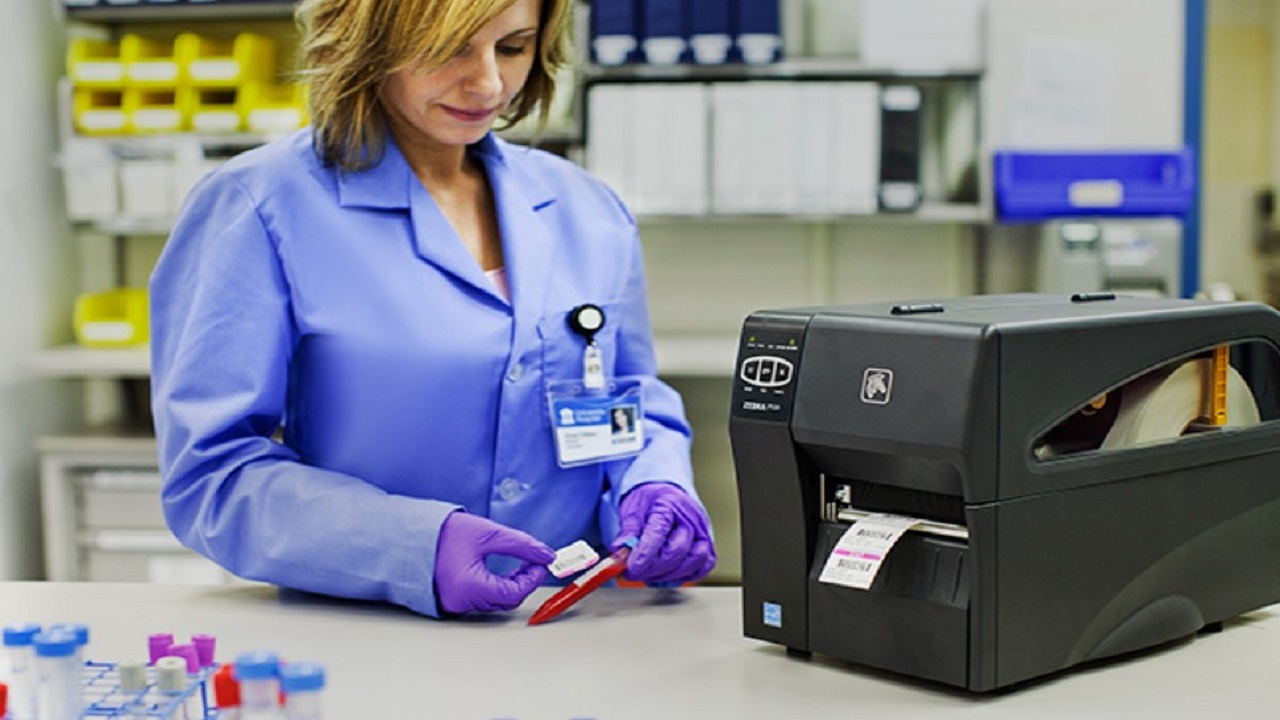Pharmaceutical labeling is critical in drug manufacturing. The correct labeling will provide accurate use and bring safety to a patient. Most technologies applied in pharmaceutical labeling are thermal transfer printing. It is predominantly meant to produce high-quality labels. Another example of a labeling machine manufacturer is the vial labeler, which then involves the use of printers that hold secure and permanent labels on medicine vials.
Labeling as a critical component in the processing of pharmaceuticals
The labels on drugs contain necessary information about the constituents of the drugs and how they are to be used. Accurate labeling does the following:
- Help prevent medicating mistakes: Clear labels reduce the chances of patients getting the wrong medication.
- Regulatory compliance: Labels must comply with strict health authorities’ regulations.
- Tracking and traceability: Labels help track products through their lifecycle, an important process for recalls and audits.
Thus, the right technology for printing is vital in all these instances. All industries use thermal transfer printers as they provide the best services in terms of clarity, readability, and durability of labels.
Thermal Transfer Printing
Thermal printing is the printing process that works by heating the printhead. A heated printhead melts the ink from a ribbon and bonds it to the label. It will give an extremely high-quality print and does not fade or smudge at all. It has the following characteristics:
- Length of life: The printed text and image last longer, and they bear every adverse condition.
- Sharpness: Very clear print to be read; safety information is a must on drug labels.
- Disparate supplies: Their supplies are the most varied because thermal transfer printers can accept many materials.
Thermal Transfer Printers Advantages
Thermal transfer printing has many advantages for the pharmaceutical industry:
High Print Quality
Thermal transfer printers produce sharp, high-resolution images, and this is particularly necessary for small text and barcodes that make up most of the pharmaceutical labels. The print quality will also remain constant even in very long runs.
Durability and Resistance
- Resistant to abrasion: The ink neither wears nor washes away easily, hence keeping the labels intact.
- Heat and chemical resistance: Labels being resistant to heat, moisture, and chemicals do not easily fade or get damaged.
Meeting the Regulatory Standards
Regulations regarding pharmaceutical labels are quite strict. These printers offer sharp and clear printable barcodes and text to meet the required quality for the barcodes as required by the FDA.
The Importance of Thermal Transfer Printers in the Labeling of Vials/Ampoules
Small pharmaceutical containers like vials and thermal transfer printers greatly affect them. Those labels on vials require being highly durable since these products face rough handling and extreme conditions in transporting and storage. Thermal printing ensures the integrity of the vial label application throughout the storage and shipping processes.
- Precise application: Thermal transfer printers give clear prices and accurate placements for small vial inkjet printing.
- Clear barcodes: Barcodes are clear and important in tracking and tracing products. Thermal transfer keeps the clarity and scannability of these barcodes.
Conclusion
These thermal transfer printers have been essential equipment within the pharmaceutical industry. They print highly durable and accurate quality labels, which require necessary medication safety and compliance with regulations.
With this printing technology, pharmaceutical companies ensure proper labeling and easy traceability of their products. The clear and durable prints are made by thermal transfer printers, making them very important, especially in processes where the smallest detail is most important, such as in vial labeling.

